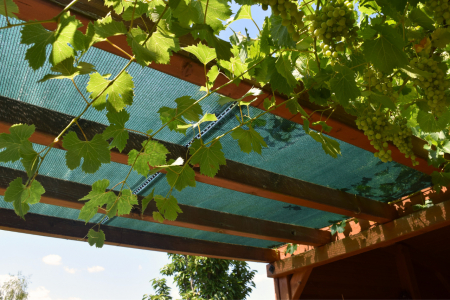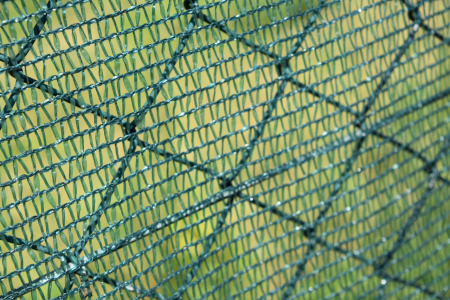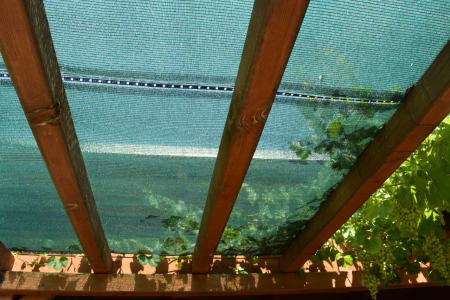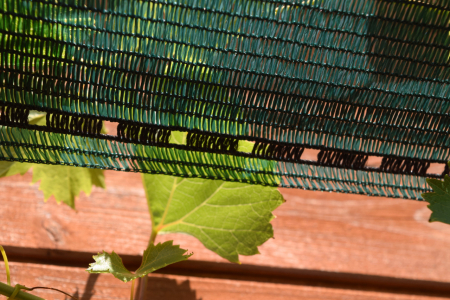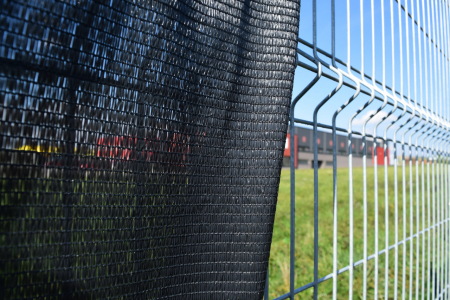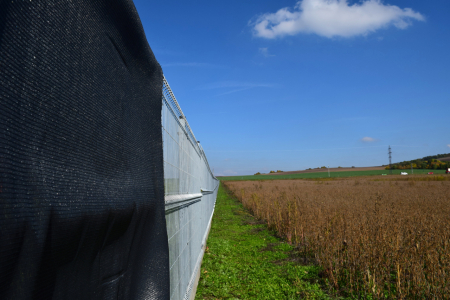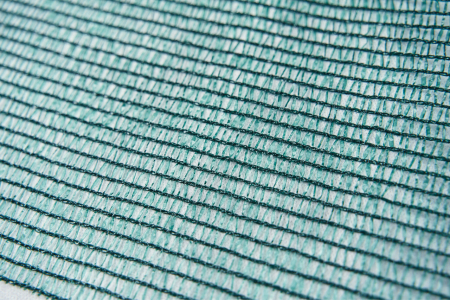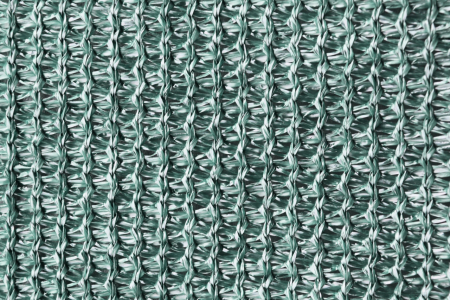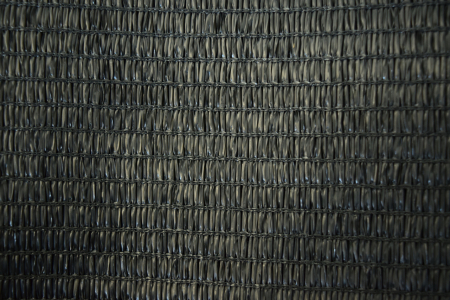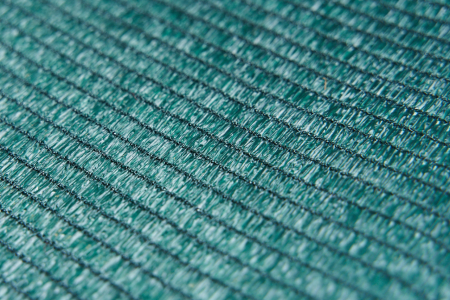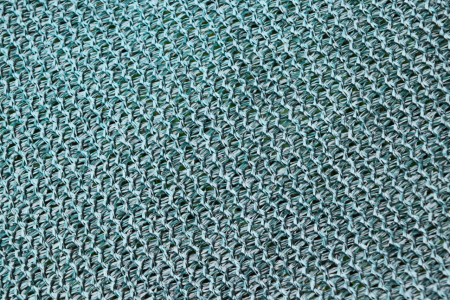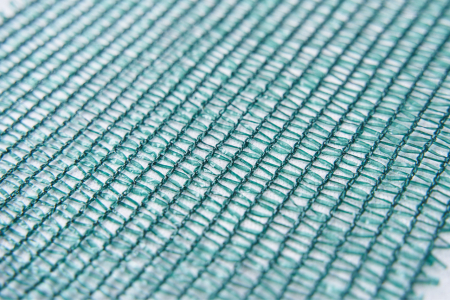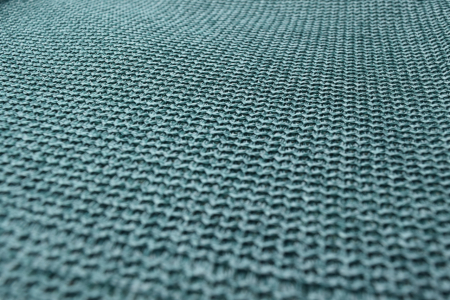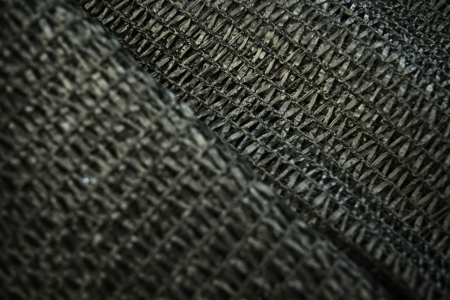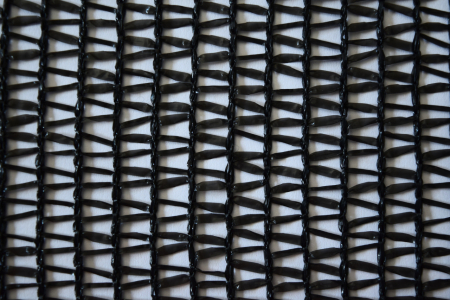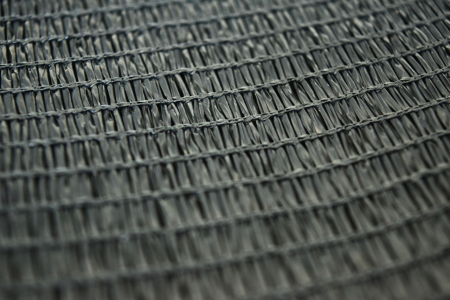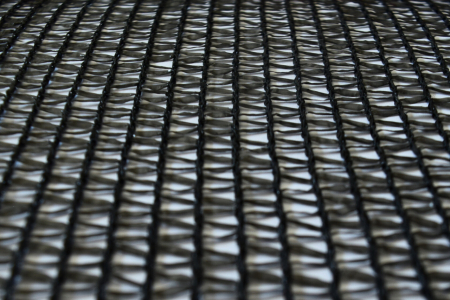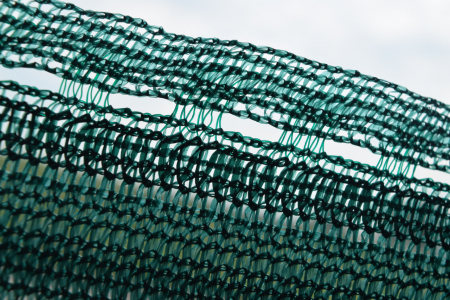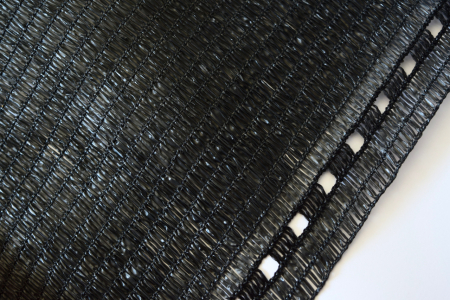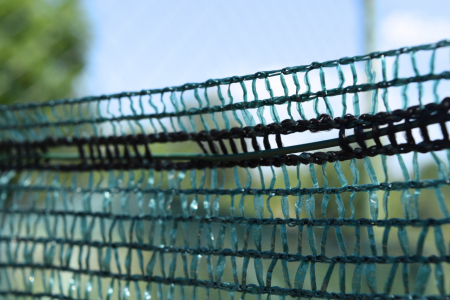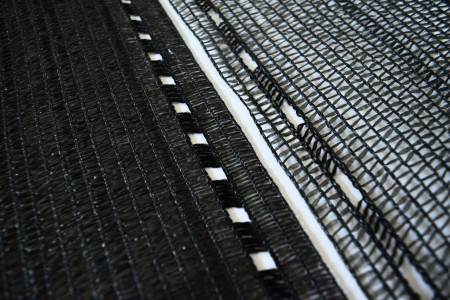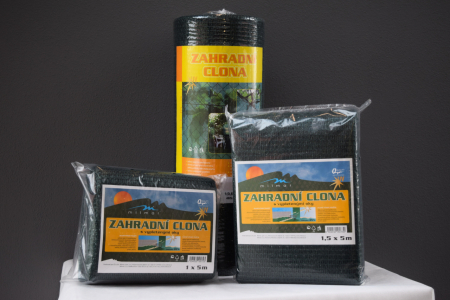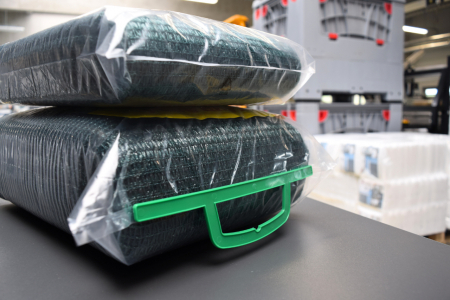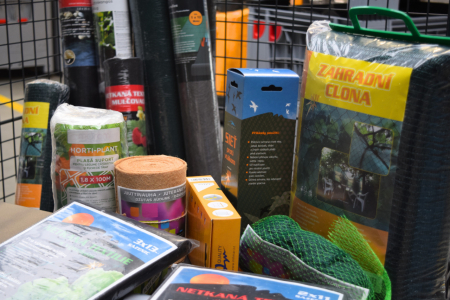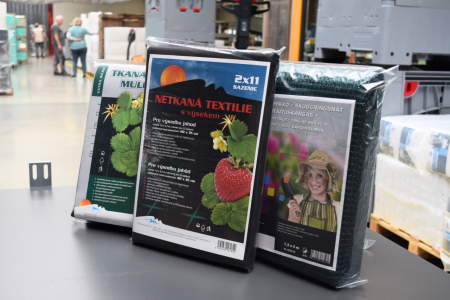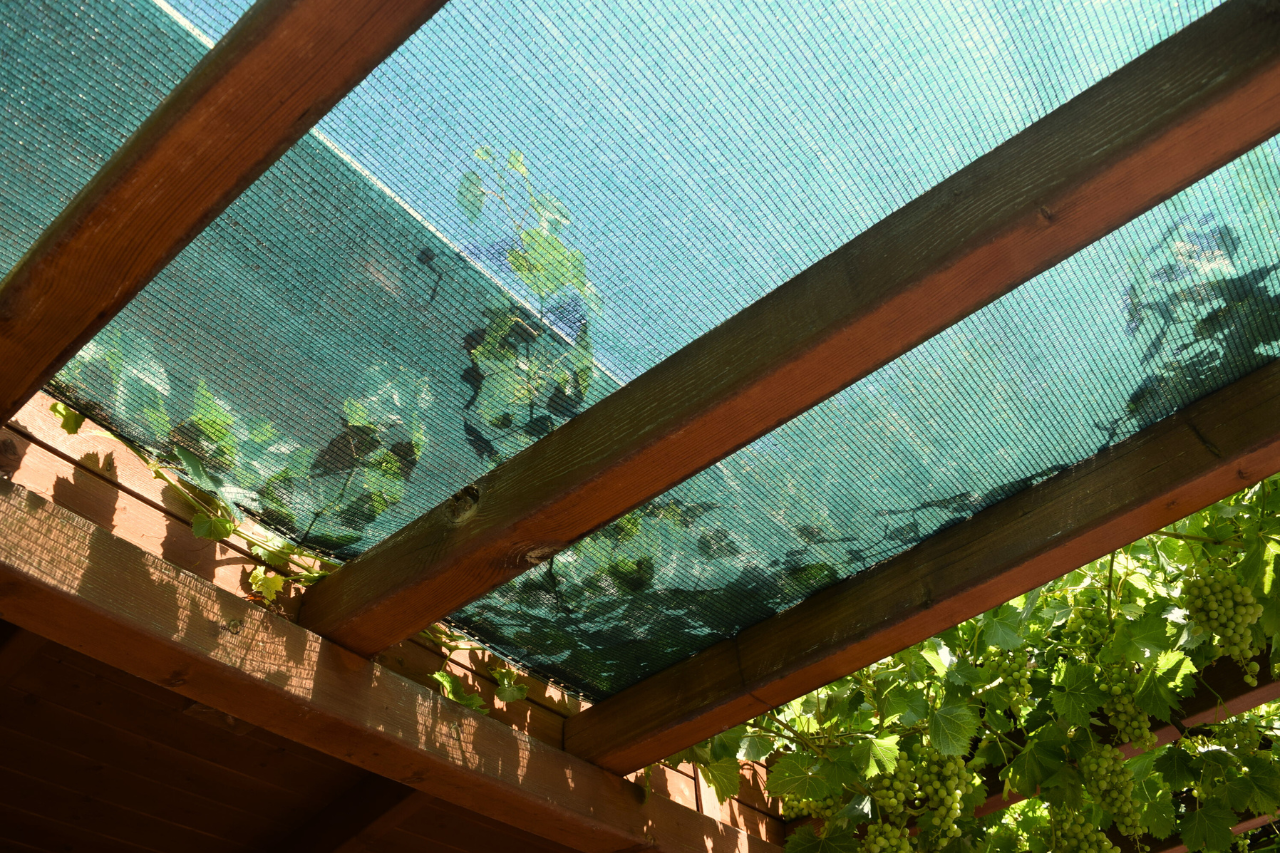
Shade screens are widely used in gardens — usually for two purposes:
- Providing a shade – to cover greenhouses, vegetable and flower beds, and to cast a relaxing shade on a garden patio.
- Protecting your privacy – shade screens cover fences and are wound around poles so that nobody can peek into private gardens, balconies, and terraces.
Privacy Screens & Shade Screens
1. Privacy Screens
Your privacy is sacred. Most people don’t want their neighbours to see them sunbathing on the balcony, getting their hands dirty doing gardening, or enjoying a cocktail on the patio. An effective way to keep your private space to yourself is using a privacy screen.
Doesn’t matter whether you have just a small balcony or a large garden — privacy screens are useful for both.
2. Sun Protection
A greenhouse can get way too hot during summer days. Too much sunshine — and your vegetables might get scorched. That’s why most gardeners cover their greenhouses with shade screens. Those also come in handy as roofs for patios, balconies, and terraces.
3. Covering Unsightly Areas
A not-so-pretty garden corner? Cover it up with a shade screen!
4. Crop Protection
Some pets are drawn to flower and/or vegetable beds like magnets. A shade screen or privacy screen makes a great protective barrier between your beloved pet and your beloved plants. Simply insert a few poles into the ground and roll the screen around them.
Opaque or Transparent? How to Pick a Privacy Screen
If you want to know how see-through a shade screen is, check the label! There should be a percentage which stands for the density of the shade (which is in fact the density of the fibre).
For greenhouses, we recommend getting a shade screen with 45% or 60% shade density. It reduces the strength of the sun just by the right amount so that your plants thrive.
If you’re looking for a privacy screen for your fence, get a screen with 90% or 100% shade density. Be prepared that the price difference between the two is bigger than you’d expect.
A privacy screen with 90% shade density is a full-knit fabric — but some sun rays still get through between individual strips. For 100% shade density, manufacturers can’t just add more strips — there’s no space. They have to use a different knitting technique and thicker strips which means they use up more fabric to make a 100% shade density screen. That results in a much higher price.
Colours of Shade Screens
The most popular colour of shade screens is dark green. It fits most gardens.
Recently, we have added grey shade screens to our portfolio. They’re perfect for modern houses which often sport a lot of white and grey hues.
Privacy Screens Last for Years
At Milmar, we use UV-stable fabric to make our shade and privacy screens. They withstand all weather conditions! There’s no need to take your screen down for winter.
For our screens, we provide a 5-year warranty. In fact, our screens are so resistant that our customers usually use them for even longer! For a screen to last as long as possible, be careful when working around the fence — hoes and spades are sharp and can potentially damage your screen.
Dressing Your Fence in Privacy Screen
Privacy screens have eyelets on their sides which are made of high-tenacity silk. You thread a cord through the eyelets and tie the screen to the fence. Alternatively, you can use plastic binders to secure it to your fence.
Screens are partly elastic. Bear in mind that if you stretch it too much (in the up & down direction), it becomes shorter on the sides. So, if you buy 5 metres of privacy screen for a 5-metre fence, don’t pull it too hard when securing it on the bottom and/or on the top.
We recommend securing your screen on the top of your fence first, along the entire length of the fence. Then secure it on the bottom.
Fabric for Shade Screens
Our shade screens are made of high-density polyethylene (HDPE). Our suppliers use infinite plastic strips and specialised knitting machines for their production.
The fabric is known as Raschel knit. You may know it from Raschel sacks, often used for potatoes.
Most popular widths of shade screens are:
- 1 metre,
- 1.5 metres,
- 2 metres,
- 3 metres.
When choosing the screen width, be guided by the height of the fence you want to use it for.
Trusted Provider of Shade Screens
At Milmar, we process European-sourced woven and nonwoven fabrics of high quality. For our clients, sellers of gardening supplies, we make shade and privacy screens also in retail packaging.
We also supply screens for gardening centres and hobby markets under their own brands. Interested in such an option? Feel free to get in touch!
